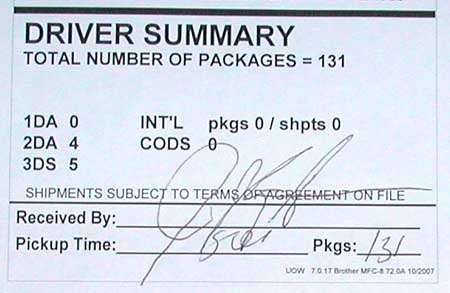Pursuing Ron’s analysis of Forrester’s Evolved CMO study, and it being the Year of the Customer (again), a couple of things seem clear.
The lack of, or loss of, a strategic role for the CMO – the Deconstruction of Marketing – comes at the same time the Chief Customer Officer (CCO) concept is ascending. Given an environment accepting of the CCO idea, why would any CMO aspiring to a strategic seat simply let this CCO opportunity slip away? Clearly the CCO is a strategic seat, and a combination of Marketing and Customer Service responsibility isn’t unrealistic in a customer-centric org.
So I’m left with this: Do most Marketers have the required empathy to run customer service? Do they have the capability to get down with people interaction, as opposed to blasting the nameless, faceless masses with messages?
In the spirit of not being a Consultainer, I’d like to provide some concrete direction to any Marketing folks who might be looking to “Prove that you deserve” a seat at the Strategic table. The logical entry point is through this CCO idea.
The first question I would ask myself is this: Do I have control over all the Marketing, everywhere in the company? Or have I ceded control of some Marketing issues to different operational groups?
For example, did Marketing write or approve the call center scripts? How about the pathing logic and language used in the IVR / VRU? Do you control the look and feel of invoices and packing slips? How about installation or assembly instructions, are they easy to follow and do they use customer-friendly language?
What about service counters, what does the signage look like? Is there a good flow, do customers understand where to go and what to do? Is the collateral up to date? How are customers greeted?
All of the above is Marketing in a customer-centric world where relevance and authenticity is critical. As a Marketing person, you’re an expert on language, copy, and presentation (if not emotion and empathy as well).
Why is it not your duty to bring these skills to all the customer-facing activities your company engages in? Is it possible the customer service manager or IT programmer is better than you are at creating a great-looking, customer friendly, value-added packing slip? If so, that strategic seat is something you will have to give up.
If you want a seat at the strategic table, you have to prove you understand the operational side of the business, and how you can affect it positively with great marketing ideas outside of the marketing silo. Special bonus and faster advancement for actually measuring and proving the positive effects Marketing can have on the operational side of the business.
In fact, I will tell you that in many cases, your Marketing is not working as well as it should because you have not been influencing the operational side; here’s a real world example. More real world examples here and here and here and here.
I will give you a specific plan for taking action on this CCO idea that will work at most companies in the next post.
P.S. And don’t get me started on packing slips – have you ever actually seen one from your company? Would it help to know that 95% of the ones I see from e-commerce companies that are not catalogers are little more than a copy of the order confirmation e-mail? With all the e-mail header crap and all included? No logo, no brand gestalt, no helpful information, no upsell suggestions? How’s that working for a “customer experience”?
What about you? Do you stick to “Marketing”, or do you shove your nose into the Operations side and get Marketing things done in Customer Service, Fulfillment, and other operational areas?

